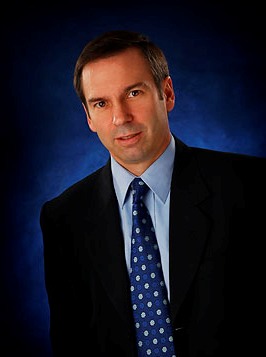Potash Saskatchewan address
Premier Brad Wall gave this speech to the Saskatchewan Chamber of Commerce, at the Conexus Arts Centre in Regina, Saskatchewan on Oct. 21, 2010
(Check against delivery)
The world has, I think in many ways, tuned in a little bit more to what has been happening in Saskatchewan over the last number of years and certainly over the last number of weeks.
If you were watching the Google trends back in August, when the BHP Billiton hostile takeover story broke, you would have seen a real spike in terms of the number of stories with the word Saskatchewan. In fact, we broke our own record in terms of the number of media stories around the world involving the word Saskatchewan, at the time of this announcement of this hostile takeover. It wiped out previous record, happily, because the previous record was the 13th man story from the Grey Cup. So there have been some unintended benefits to all of this.
I remember a night in August when I got a call from someone who told me that the next day the news would break, that the PostashCorp of Saskatchewan would become the target of a hostile takeover bid by BHP Billiton. It was one of those rare nights where Tami and I had actually organized a date night. We were going to be going to the movie, and the movie we went to that night was Inception. I don’t know if you have seen it, it’s the new DiCaprio movie and it’s pretty complex. It’s one of those movies you’ve got to pay attention to, there’s about seven different dream plots with one dream plot and I don’t remember anything of the movie, I can tell you that. I was thinking mostly about potash and what the implications for what I had just been told might be. Tami and I are going to have to rent that when it’s out on DVD.
Immediately upon learning the news, the Government of Saskatchewan struck an internal task force made up of representatives, senior officials in Finance, Energy and Resources, in Justice and in Enterprise Saskatchewan. We retained the services of the Conference Board of Canada to help us provide some qualitative analysis as to the impact of this takeover on the provincial economy and on the revenues for the province of Saskatchewan.























